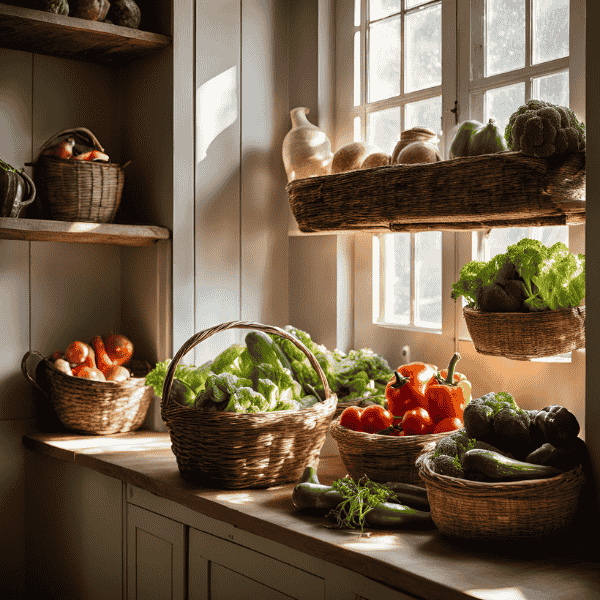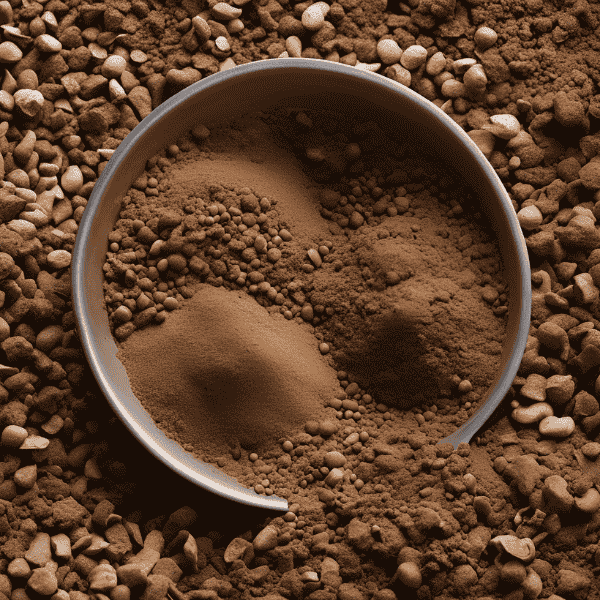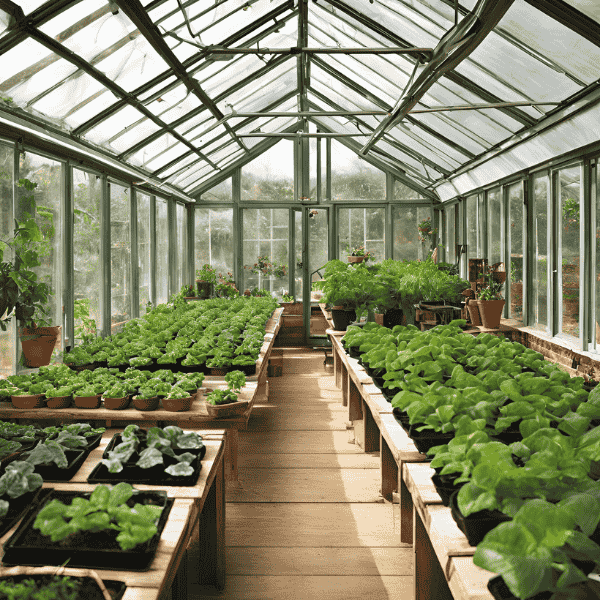Harvesting and Storing Vegetables and Herbs: Best Practices for Success

Growing your own vegetables and herbs can be incredibly rewarding, but the job isn’t over once your plants reach maturity. The real magic happens when it’s time to harvest and store your produce properly. Harvesting at the right time ensures the best flavor and nutrition, and knowing how to store your bounty allows you to enjoy your garden long after the growing season ends.
Let’s dive into the best practices for harvesting and storing your veggies and herbs so you can make the most out of your garden.
Knowing When to Harvest: Timing is Everything
Harvesting vegetables and herbs at the right time is crucial for getting the best taste, texture, and nutrient content. Here’s how to tell when your plants are ready to be picked:
1. Vegetables: Look for Signs of Maturity
- Leafy Greens: For leafy vegetables like lettuce, spinach, and kale, you can start harvesting when the leaves are big enough to eat but before they start to flower (bolting). Picking them regularly will encourage more growth.
- Tomatoes: Tomatoes should be picked when they have reached their full color. Don’t wait too long, as overripe tomatoes can split or attract pests. If a cold snap is approaching, you can pick tomatoes a little early and allow them to ripen indoors.
- Root Vegetables: For carrots, beets, and radishes, wait until the root has reached its full size, but avoid letting them stay in the ground too long, as they can become tough or woody. You can usually check by gently pulling one out and inspecting its size.
- Beans and Peas: These crops are best harvested when the pods are plump and fully formed but not yet overripe. Be sure to harvest regularly to keep them producing.
2. Herbs: Harvest Often for More Growth
For herbs like basil, mint, cilantro, and parsley, it’s best to harvest them regularly to encourage more growth. Prune the tops of the plants, leaving at least a few inches of the plant intact so it can continue growing. Herbs like basil can be cut down to a few inches, while others like rosemary can be trimmed lightly.
It’s important to harvest herbs before they start flowering (unless you want to harvest seeds) because once they flower, they can become bitter or lose their flavor. For most herbs, harvesting in the morning after the dew has dried but before the heat of the day will give you the most concentrated flavor.
How to Harvest Without Damaging Your Plants
Now that you know when to harvest, it’s important to do so carefully to avoid damaging your plants. Here’s how to make sure you’re gentle with your garden:
- Use Clean, Sharp Tools: Whether you’re cutting herbs with scissors or harvesting vegetables with a knife or shears, make sure your tools are clean and sharp to avoid causing unnecessary stress to the plants.
- Don’t Pull Plants by the Stems: For plants like tomatoes or peppers, avoid pulling them by the stem. Instead, clip or cut them off at the base. For leafy greens, pull them gently from the base to avoid damaging the root system.
- Harvest in the Right Weather: Avoid harvesting during wet conditions, as this can make plants more prone to disease. The best time is on a dry day, either early in the morning or later in the evening when the sun is not too intense.
Storing Your Vegetables and Herbs: Make Your Bounty Last
Once you’ve harvested your crops, it’s time to think about how to store them properly. With the right storage techniques, you can extend the shelf life of your vegetables and herbs and even enjoy them during the offseason.
1. Vegetables: Proper Storage for Freshness
- Cool and Dry: Most root vegetables (carrots, potatoes, and beets) should be stored in a cool, dry, and dark place, like a basement or root cellar. Some can be stored in the fridge, while others need to be kept at room temperature.
- Refrigerate Greens and Herbs: Leafy greens like lettuce and spinach, as well as herbs like cilantro, parsley, and basil, should be kept in the fridge. You can store greens in a crisper drawer wrapped in a damp paper towel to maintain their freshness. Herbs like basil, however, do better in a jar of water, like a bouquet, on the counter.
- Freeze for Later: Freezing is a great way to preserve veggies like peas, beans, corn, and tomatoes. Simply blanch them in boiling water for a few minutes, then cool them down in ice water before freezing them in airtight bags. Some herbs, like basil and parsley, can also be frozen in ice cube trays with olive oil.
2. Herbs: Keep Them Fresh or Preserve Them for Later
- Drying Herbs: Drying is one of the oldest and simplest ways to preserve herbs. Simply bundle herbs together and hang them upside down in a cool, dry, well-ventilated place. Once dried, store them in airtight containers in a dark pantry.
- Freezing Herbs: As mentioned earlier, you can freeze many herbs like basil, cilantro, and rosemary. Another great method is to chop the herbs and freeze them in ice cube trays with water or olive oil. This method helps preserve their flavor for cooking later on.
- Use Herb Savers: There are special containers made specifically for storing herbs that help them stay fresh for longer. These are great if you want to store herbs in the fridge without having to dry or freeze them.
Final Thoughts: Enjoy the Fruits (and Vegetables) of Your Labor
Harvesting and storing your vegetables and herbs properly is key to ensuring that you enjoy them at their peak flavor and nutrition. It’s all about timing—knowing when to pick your plants, how to handle them gently, and how to store them to make the most out of your gardening efforts.
Whether you’re enjoying a fresh salad from your garden or using your dried basil in a homemade pesto, the reward of growing your own food is undeniable. So go ahead, get out there, and enjoy the harvest!
Happy gardening, and may your veggies and herbs thrive! 🌱



